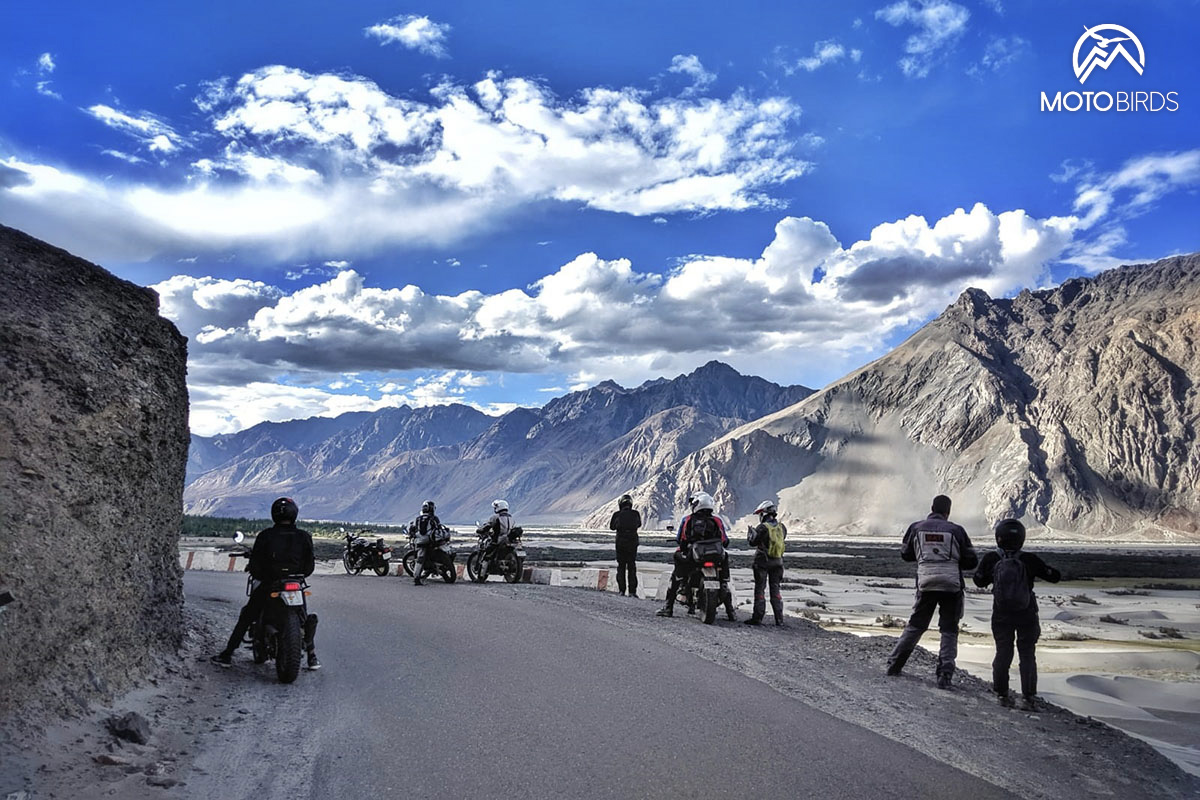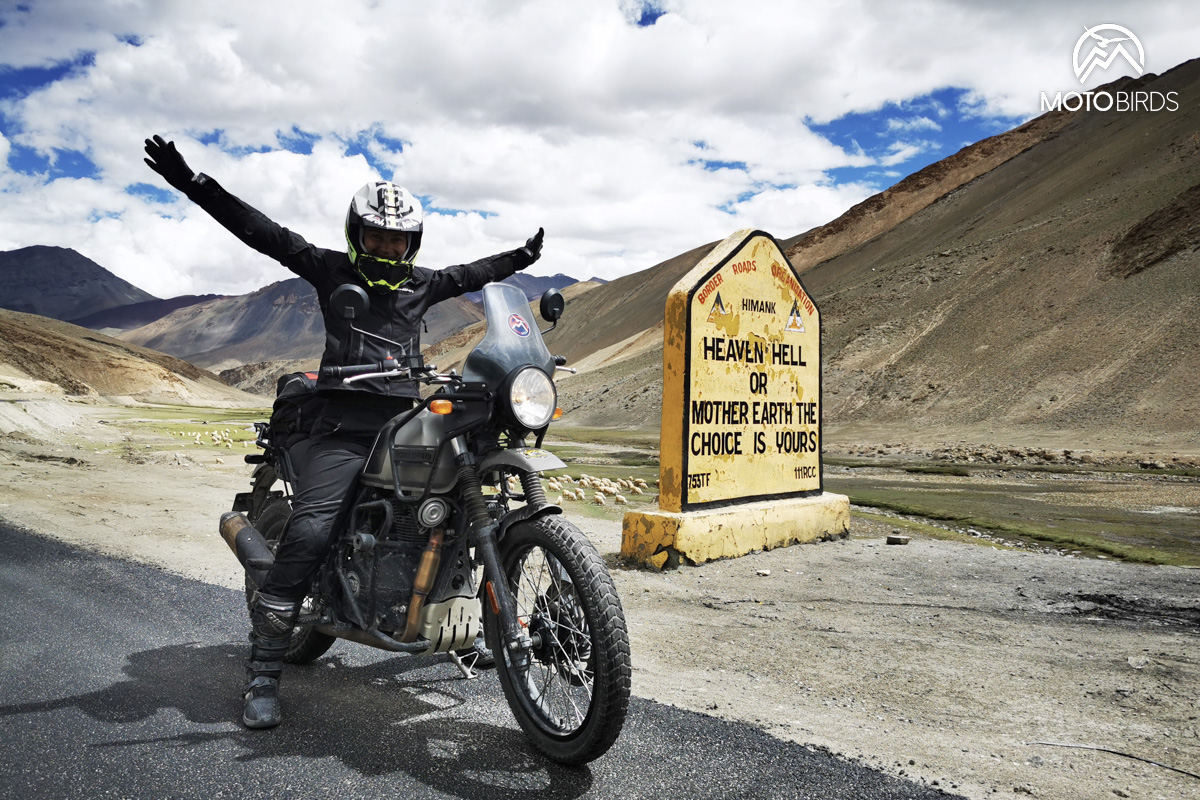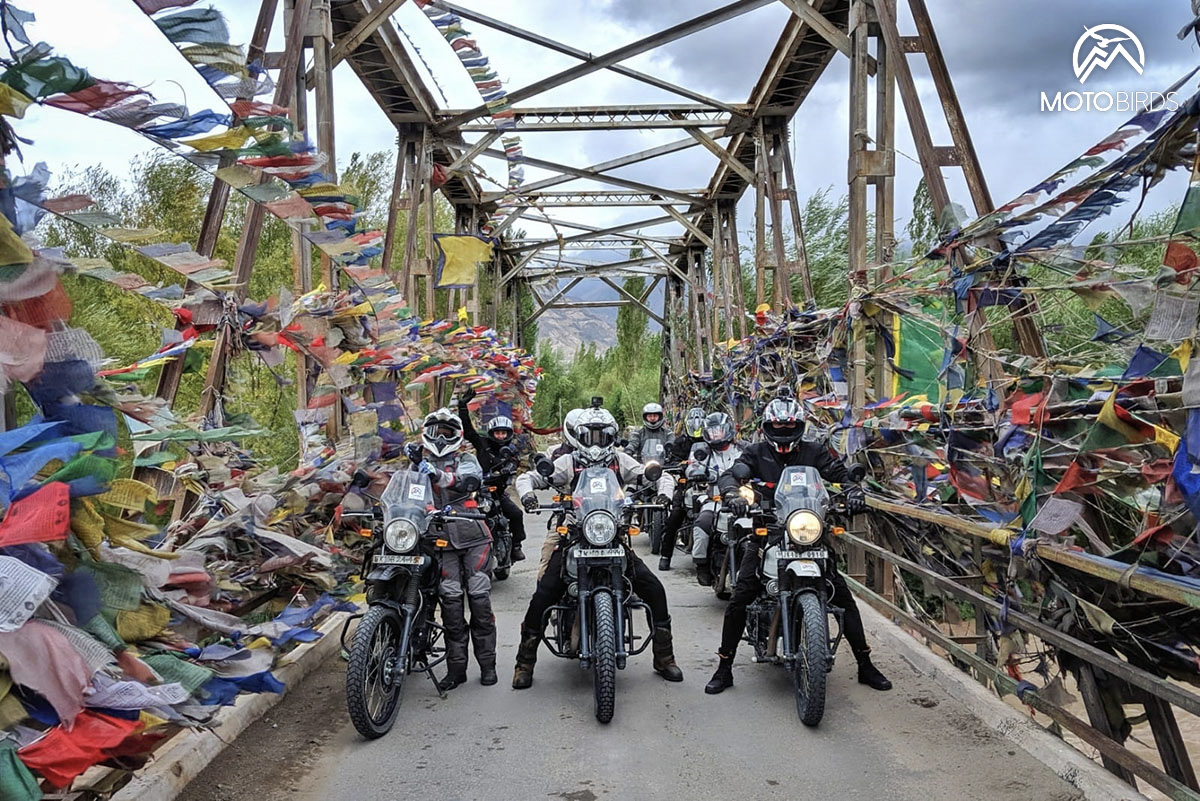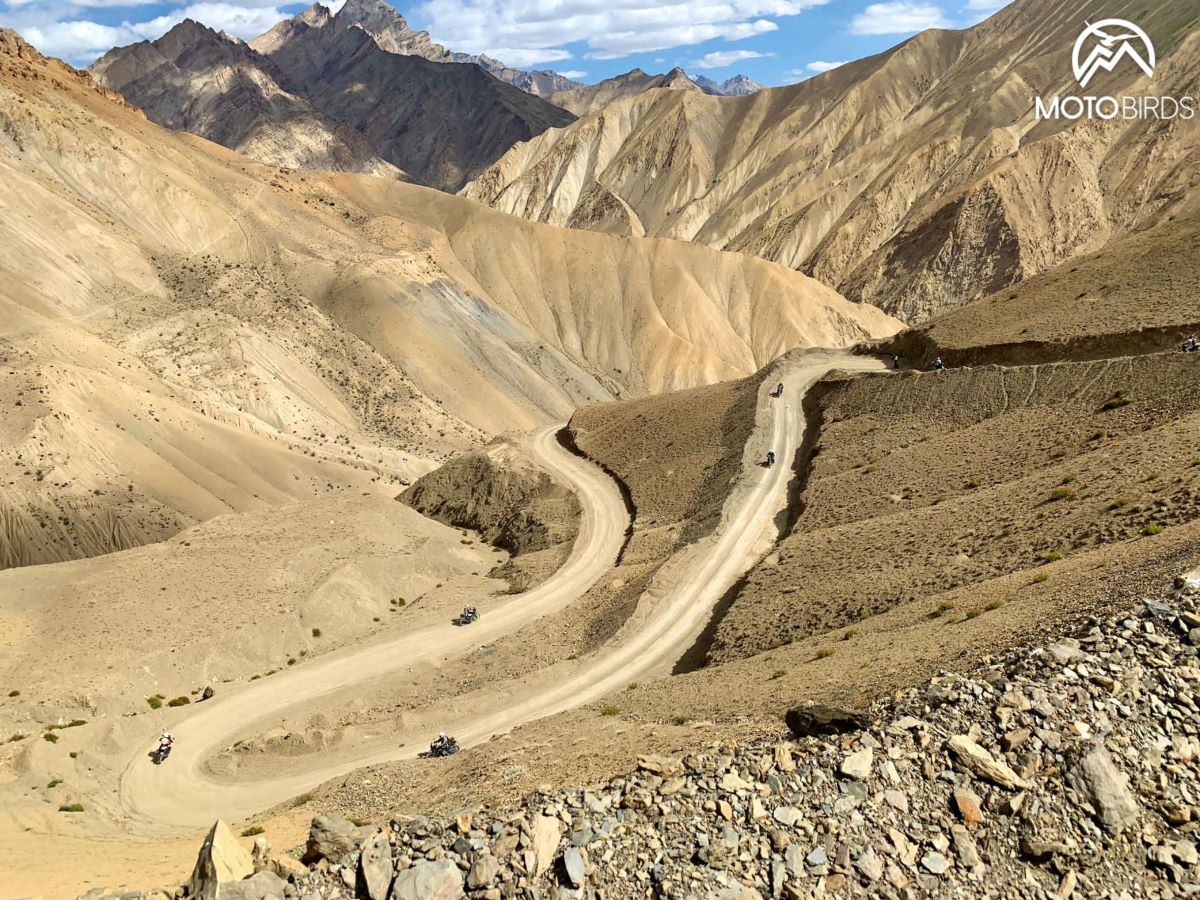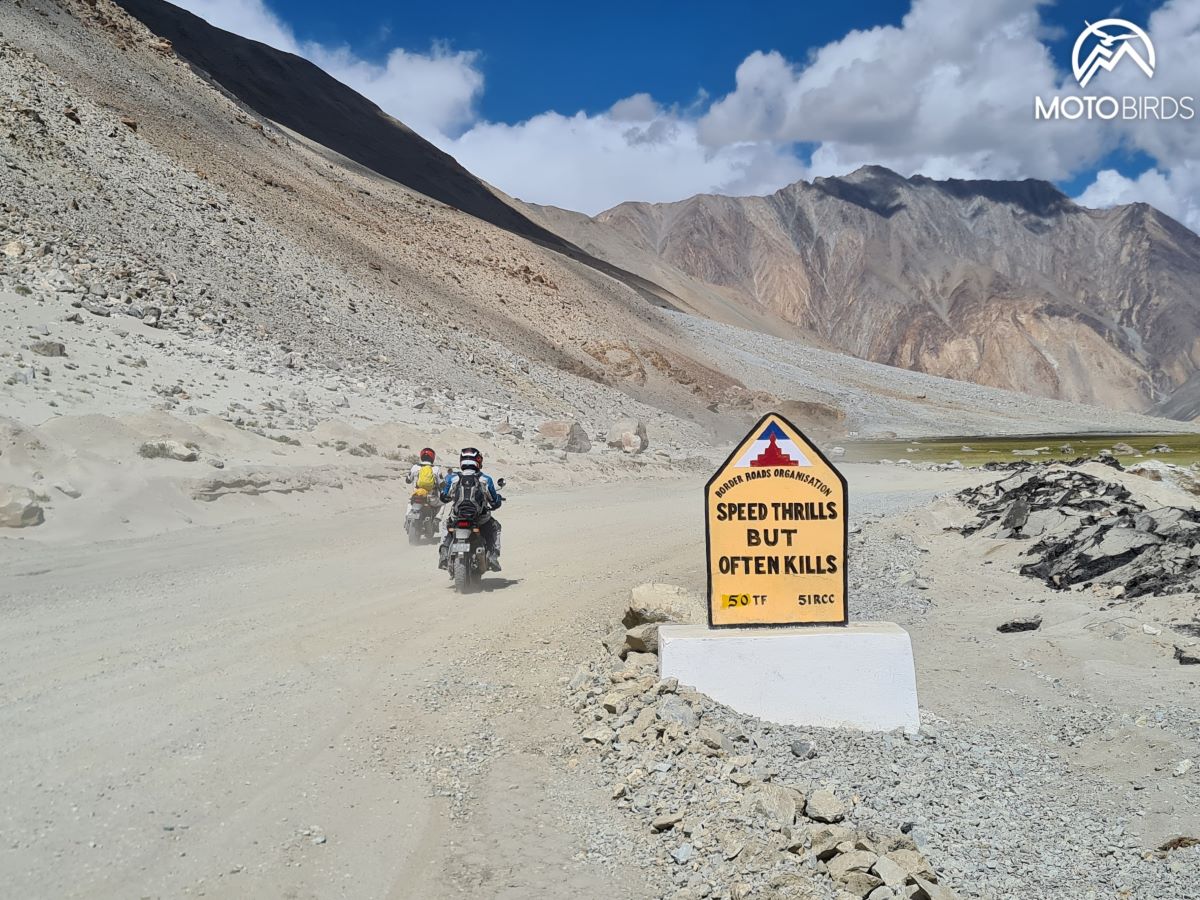Himalayas are mountains full of secrets, read here what you won’t learn about them in any guidebook
The Himalayas are the highest mountain range on Earth. Located in southern Asia, they have fascinated generations of climbers and travelers. Usually seen through the prism of climbing Mount Everest or Annapurna. There is much more to them though. Because the Himalayas are mountains that have shaped people and their history. In the shadow of these silent giants there is a rich and colorful world, which in many places survives to this day. And it is about this reality, that we want to tell you today.
The Himalayas have incredible diversity, shaped by history & geography
The Himalayas are a diverse mountain range located in Pakistan, India, China, Nepal and Bhutan. They feature a range of climates, from tropical at the base to snowy and icy at the highest peaks, due to their altitude and location.
The Himalayas are known for their beautiful lakes, but as you go higher in altitude, the number of lakes decreases. The higher you go in the mountains, the colder it gets, with temperatures dropping to -25℃ in the summer. The southern slopes of the mountains are affected by monsoons, while the northern side, where places like Upper Mustang are located, does not receive as much rainfall. This dry, high-altitude desert is shaped by the wind, creating unique rock formations.
When you travel, the memories you take away with you are about more than just the sights you see. The atmosphere and the people you meet can also have a big impact on how you remember a place.
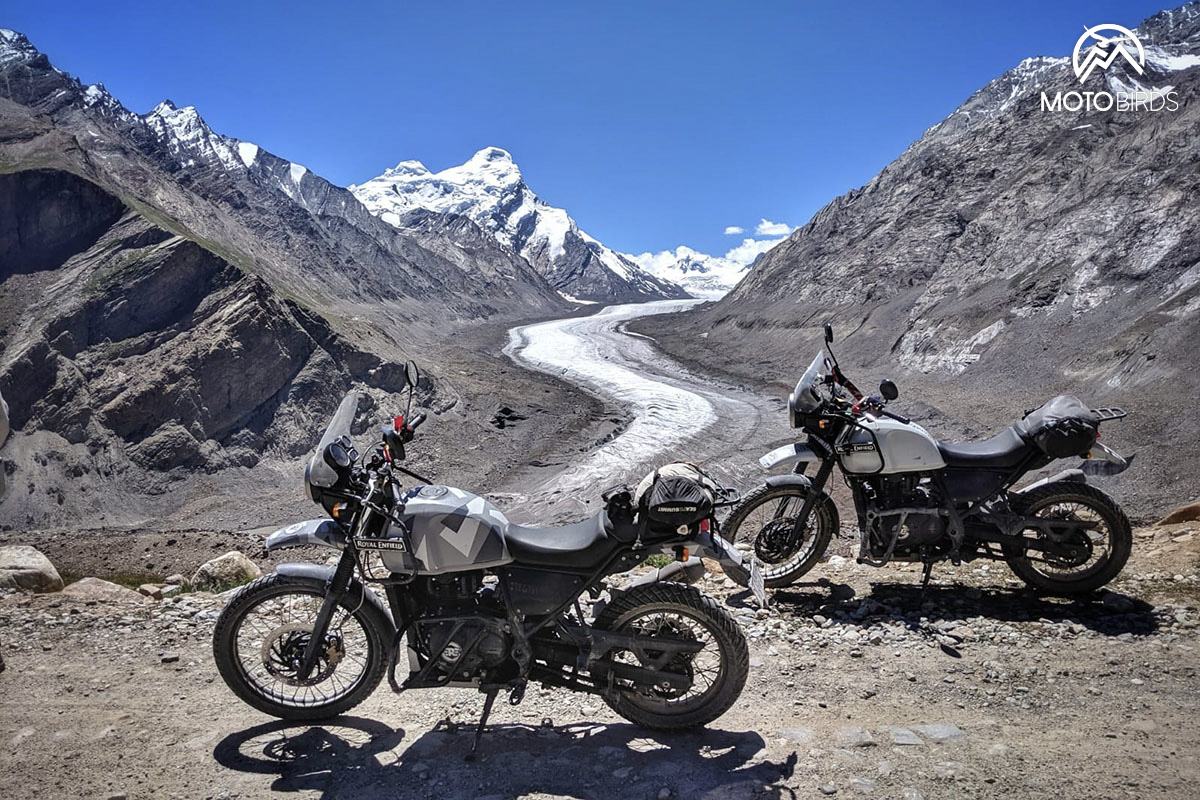
Nepal has a rich history that helps to understand its present. In the late 1700s, Nepal closed its borders to foreigners and cut off trade routes with India and Tibet. However, early in the 1800s, the British became interested in the country. Despite their attempts at domination, Nepal successfully defended its independence, leading to a war. As a result, while the British had some influence over Nepal’s foreign policy until 1915, they were not able to control its internal affairs. This allowed Nepal to avoid colonization.
Despite its efforts to maintain independence, Nepal faced internal struggles. In 1849, the Ranas, a group of “hereditary prime ministers,” gained control of the government and ruled through a time of poverty, exploitation, and religious persecution. The lack of reforms and limited access to education caused the country to decline. Eventually, as a result of a civil war, the hereditary monarchy was replaced by a democratically elected government in 2008.
It’s also worth noting one of Nepal’s most mysterious places, “The Forbidden Kingdom” or Mustang. This region was ruled by a single line of rulers from Tibet until 2008. Interestingly, despite the influence of Chinese Taoists in Tibet, Tibetan culture and traditions have been preserved in Mustang without Chinese influence, as the lands formerly belonged to Nepal.
Today, Mustang still retains a sense of being frozen in time, but increasing tourism and Chinese influence are changing it, maybe too fast…

The Indian Himalayas are a place where time seems to have stood still
The rugged terrain, deep valleys, and rocky deserts make it hard to reach many parts of the region. Despite this, Ladakh has always been coveted by its powerful neighbors. For centuries, the state’s history was shaped by its location on trade routes connecting India, Tibet, and Central Asia. A line of Tibetan rulers took control of the region in the 9th century, bringing Buddhism to the area. Some of the oldest Buddhist monasteries in Ladakh, such as Alchi, date back to this period. Over the centuries, Ladakh successfully defended itself against invasions by Kashmiri armies and Mongol attacks.
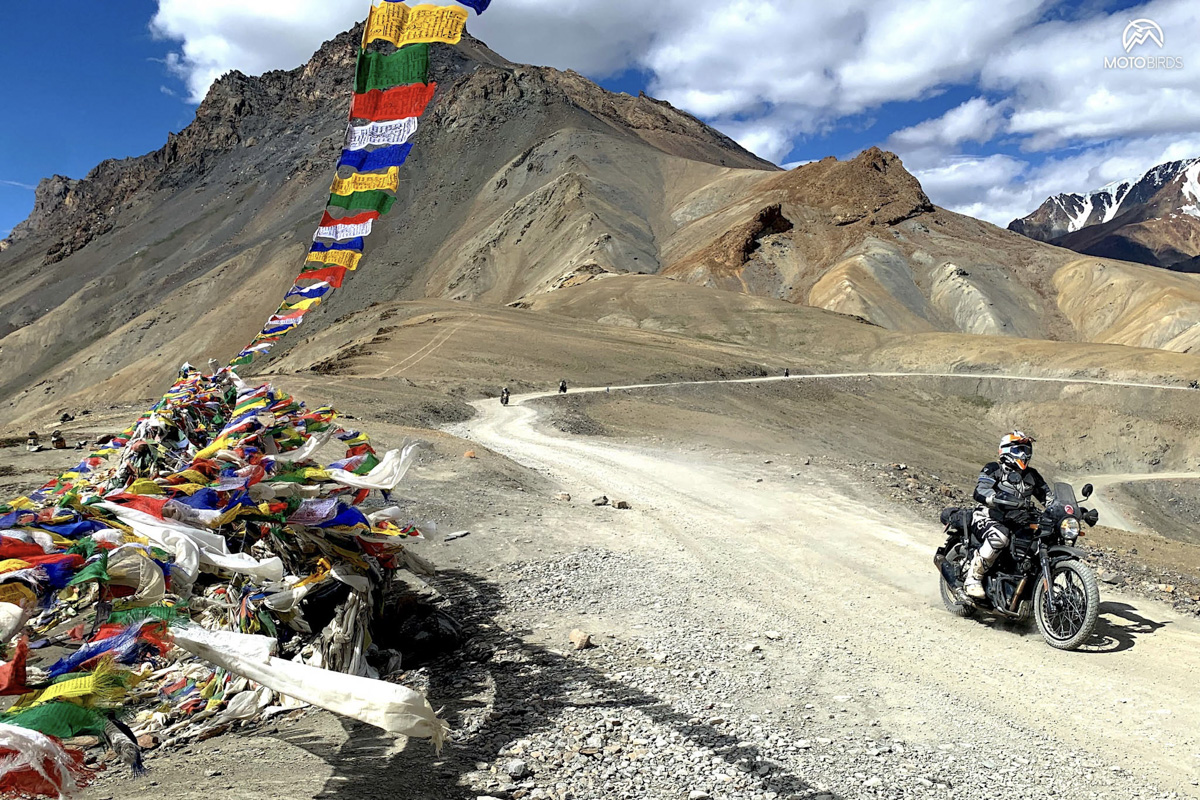
On October 27, 1951, Ladakh and Zanskar officially became part of India. On the same day, the border with Tibet was closed and all trade in the area came to an end. As a result, the region became completely closed off to foreigners. The ongoing conflict between India, Pakistan, and China further isolated Ladakh and Zanskar.
It wasn’t until the 1960s that a road connecting Tibet and India was built, and it was primarily used for military operations. Many older residents of the region still remember a time before modern roads existed.
By the way, if you’re interested in learning more about the Indian Himalayas, we recommend checking out our article about Dharamsala, a fascinating city in the region.
Contemporary Nepal and the Indian Himalayas
The history and isolation of the Indian Himalayas and Nepal have helped preserve traditional cultures and local identities. In Nepal, where democracy is relatively new, the people are known for being friendly, open, and welcoming. The country is also ethnically diverse, with over 30 million people and 123 official languages spoken. While many tourists come to Nepal to climb the world’s highest mountains, it is changing and becoming more commercialized. However, there are still many off-the-beaten-path places where you can experience the unique magic of this extraordinary region.
While new roads are being built in the region, many places like Zanskar are still relatively untouched by tourism. Thanks to their isolation, these places have been able to preserve their religious culture and traditional way of life.
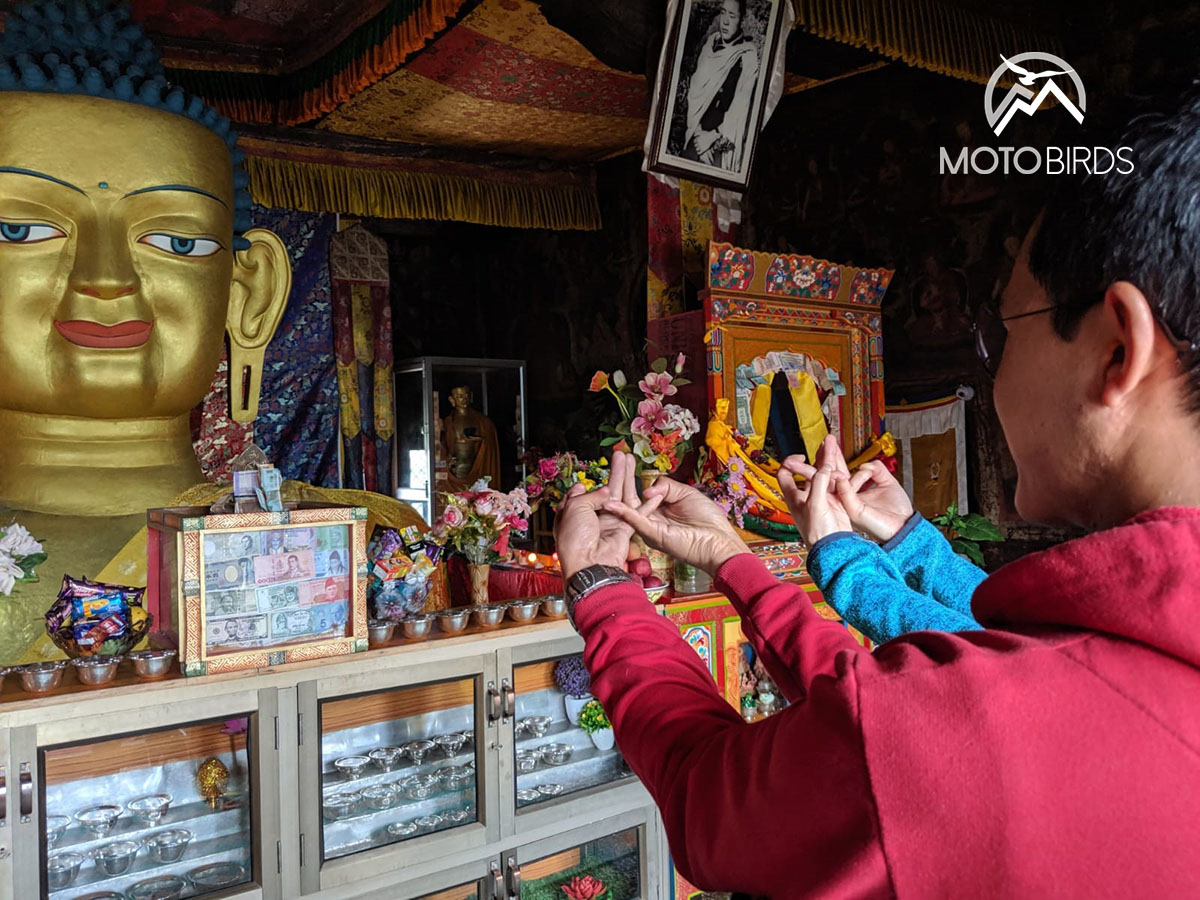
In particular, Ladakh is often referred to as “Little Tibet” due to its strong Tibetan Buddhist influence. The colorful way of life in this rugged landscape is reflected in its many monasteries, many of which are located at altitudes of over 4,000 meters above sea level. One of the most well-preserved monasteries is Key Monastery, where future lamas are still trained. You can visit this and other unique places on one of our expeditions, be it for mixed riders or for ladies only.
Check out here for more details on our trips and to watch our video on YouTube.
Did you know that while Hinduism is the predominant religion in India and Nepal, with 80% of the population identifying as Hindu, Tibetan Buddhism, also known as Lamaism, holds a strong presence in the Himalayas? In fact, it’s not uncommon to see this unique form of Buddhism slowly spreading and gaining popularity in the higher elevations of the Himalayan valleys in Nepal.
Tibetan Buddhism is known for its elaborate rituals, which include a vast pantheon of deities, spirits, saints, and demons. You’ll see a mix of primitive Tibetan shamanism and elements of the ancient Bon religion in these rituals. Worship of mountain and lake spirits is also a common practice in the Himalayas. All of this gives the region a unique spiritual atmosphere that sets it apart from other mountain ranges. If you’re looking for an experience that combines adventure and spiritual discovery, the Himalayas are the place to be.
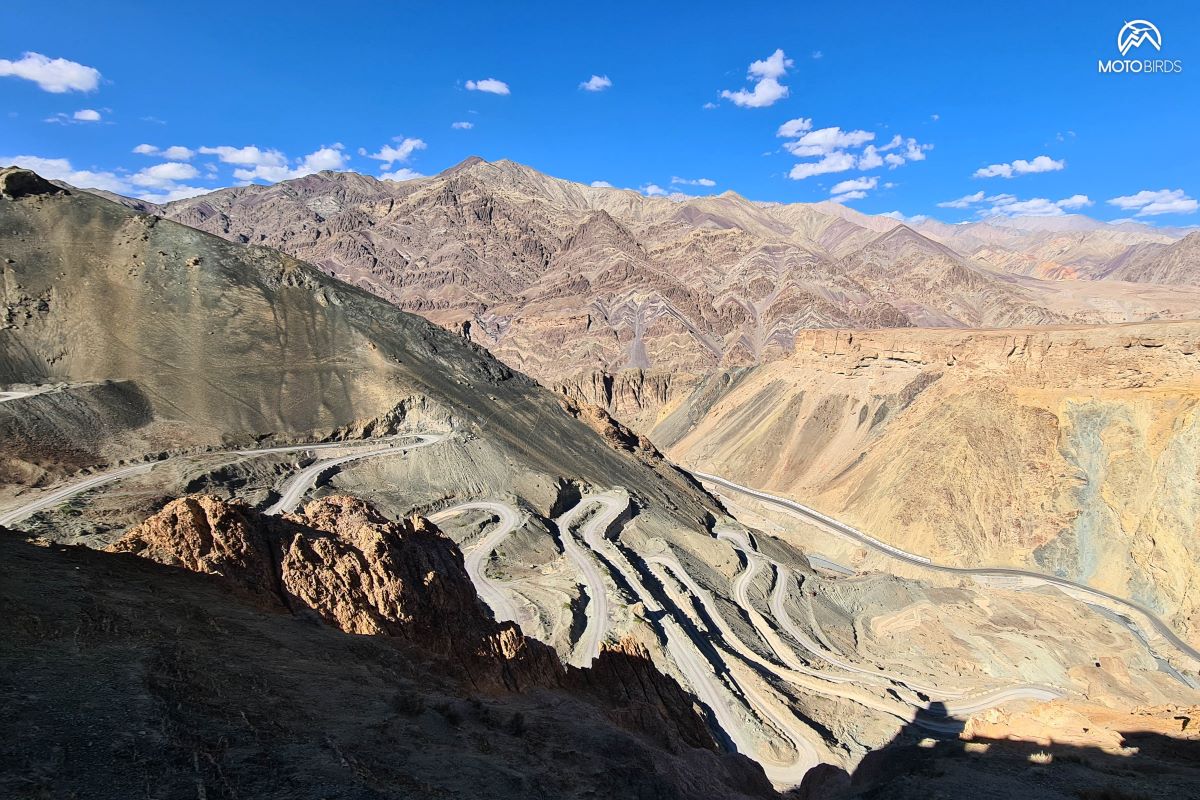
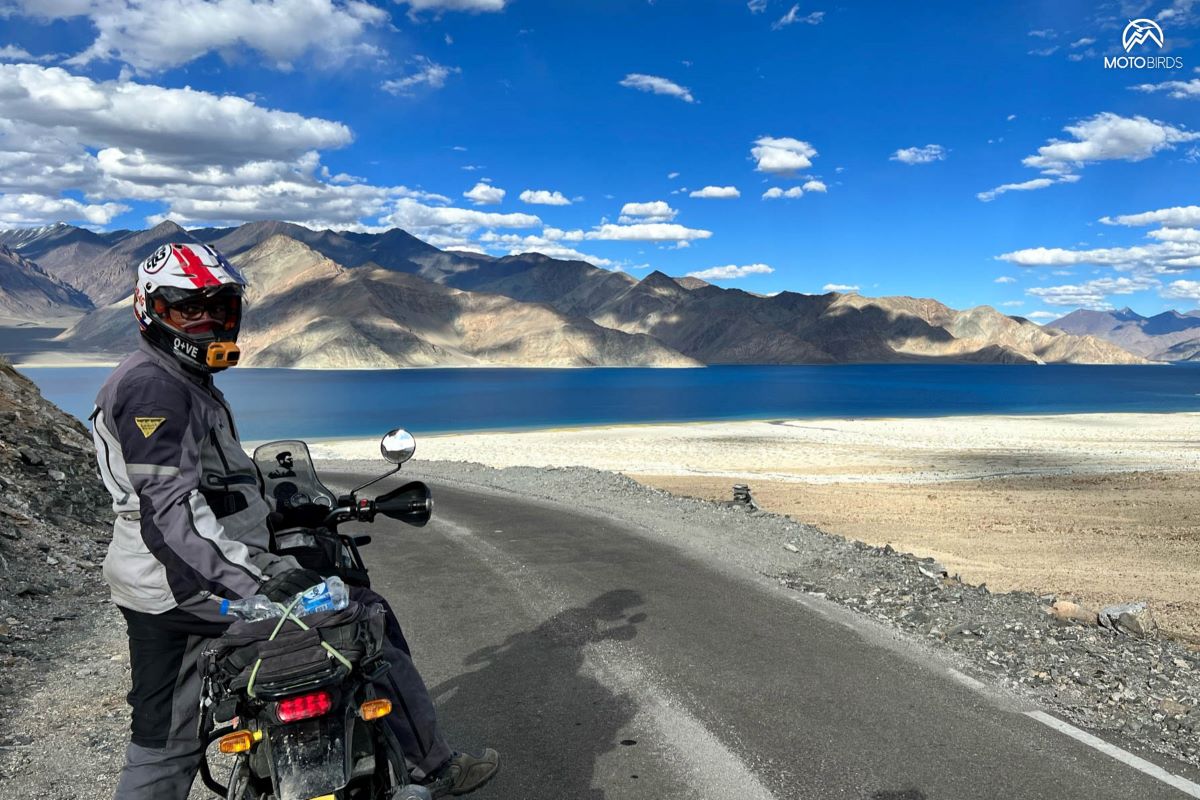
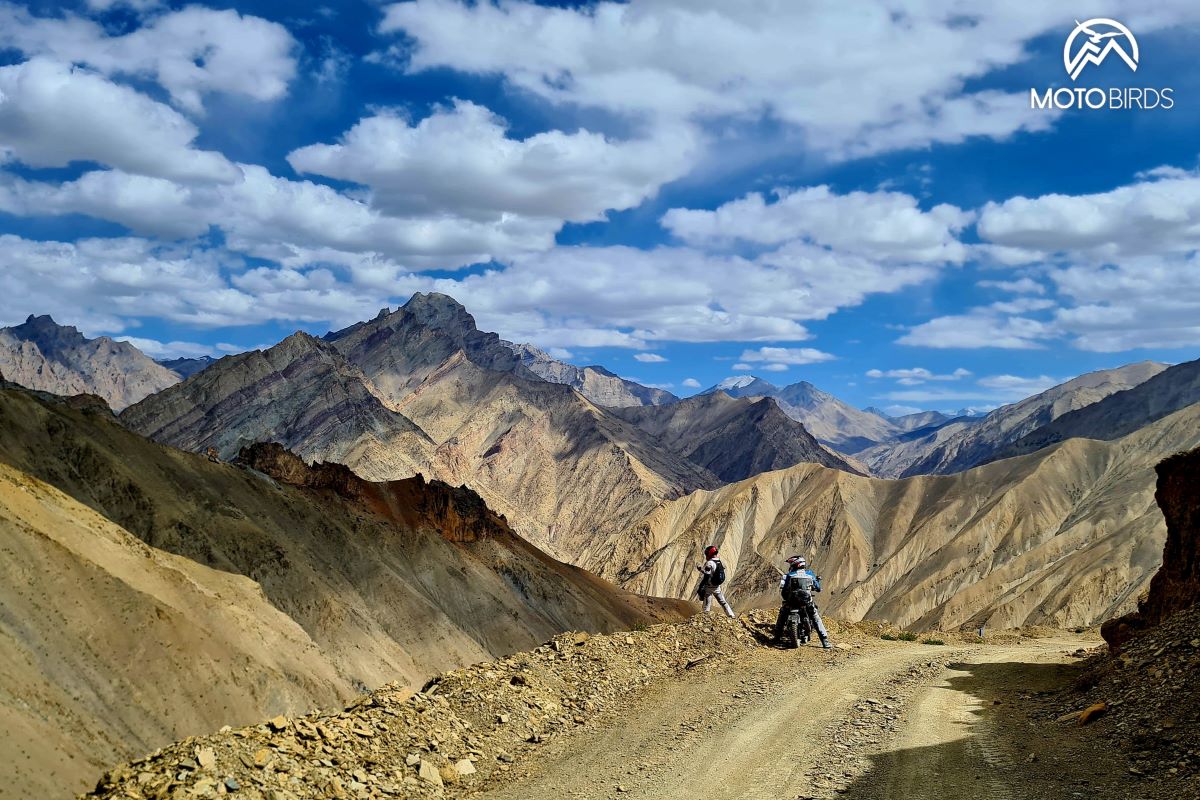
Beyond Sherpas: Understanding the Ethnic Diversity of the Himalayas
When we think of the Himalayas, it’s easy to picture the hardworking and skilled Sherpas who serve as guides and porters in the high mountains. However, while they are an important part of the Himalayan community, they are just one of many ethnic groups that call the Himalayas home.
The Sherpas, who primarily live in the highest villages along the Duth Kosi River in Nepal, are known for their mobility and high level of education. They also have a unique custom of polyandry, where brothers (can) marry the same woman. This tradition may have led to the custom of the third son in a family becoming a Buddhist monk.
It’s important to remember that the Himalayas are a diverse region with many different ethnic groups, each with their own unique customs and traditions. While the Sherpas are an integral part of the Himalayan community, they are just one piece of a much larger puzzle.
What other ethnic groups are present?
While the Sherpas are an important part of the Himalayan community, they are not the only ones you can encounter. The southern slope of the Annapurna massif is inhabited by the Gurungs. This ethnic group has strict marriage rules and a culture and customs that have remained largely unchanged. They have a unique tradition of rodi, or clubs for young people between the ages of 10 and 18, which are run by adults chosen by the village. These clubs are meant to help young people make informed choices about their future partners.
The Mustang district of Nepal is home to the Thakali. This ethnic group has a long history of wealth due to its monopoly on the salt trade with Tibet. Although the trade disappeared after the Chinese invasion of Tibet, the community has adapted to the new environment. Mustang is also home to the Lobos, who are now experiencing a rapid social and cultural change due to their increasing contact with the West. This exposure to outside influences is making it harder for them to maintain their traditional way of life.
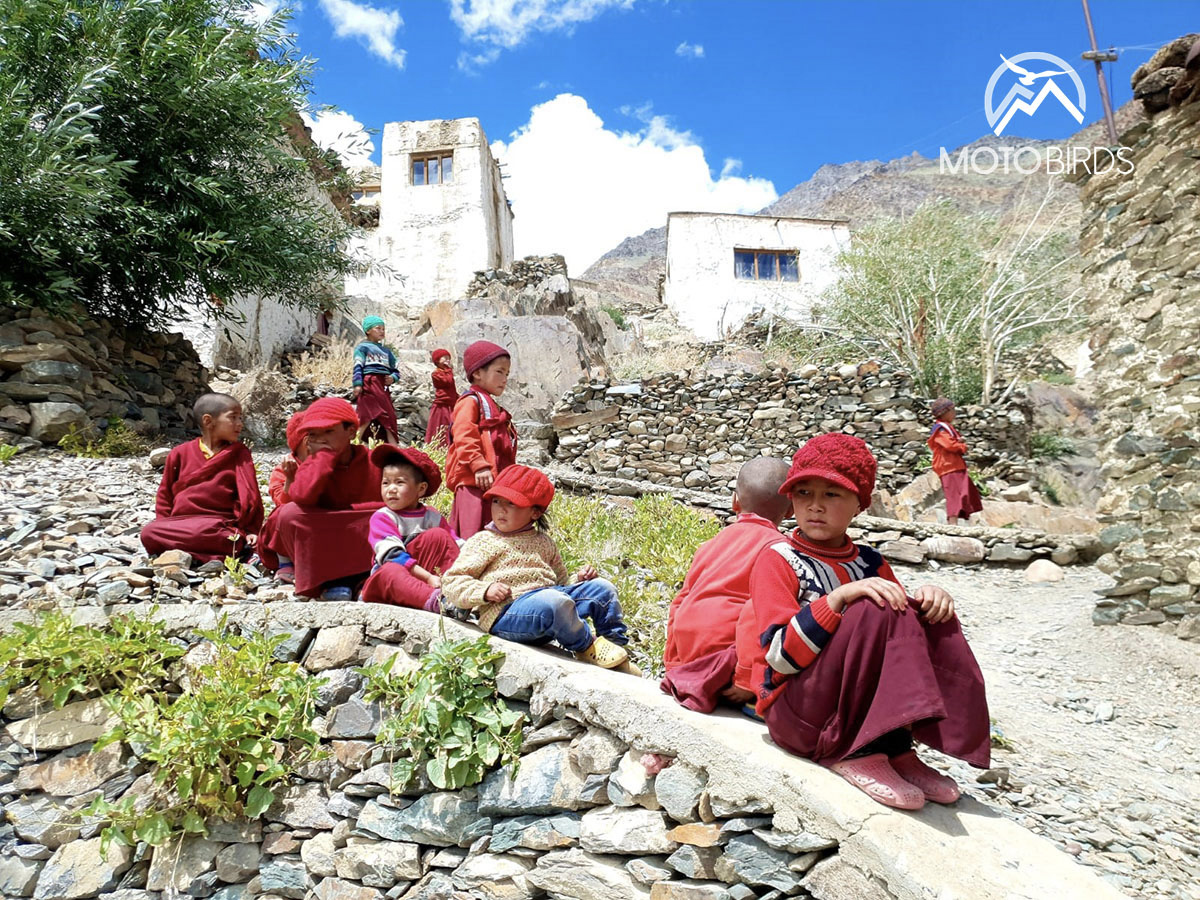
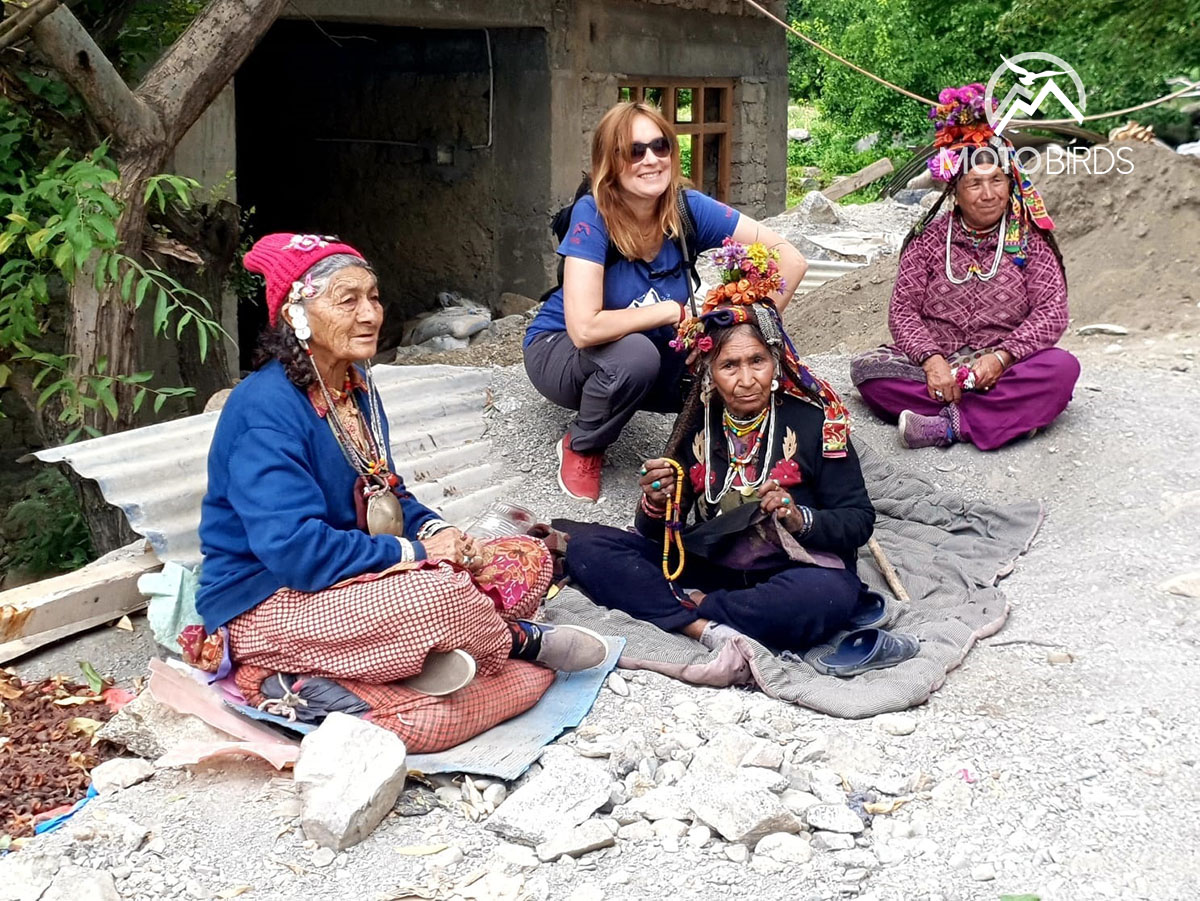
From Gujarat to Tamangs and Ladakhi: On the Indian side of the Himalayas, you’ll find the Gujarat people. They are mostly illiterate and poorly educated goat and sheep herders who lead a self-sufficient lifestyle and tend to avoid outsiders.
Further north in Nepal, you’ll find the Tamangs, whose villages are located high in the mountains and are characterized by two-story houses built of hewn stone. The Tamang community is divided into clans, and polyandry is strictly forbidden here.
In Ladakh region of India, you’ll find the Ladakhi people, whose art, architecture, medicine and religion are closely associated with Tibet. They mainly inhabit small settlements deep in the mountains and are self-sufficient farmers who farm on not very fertile land.
A Race Against Time for Adventure Seekers
The Himalayas offer a wealth of natural beauty and cultural treasures for those who seek out unusual and off-the-beaten-path destinations. However, time is working against those who want to experience the true essence of the Himalayas.
While the Indian Himalayas remain largely untouched by Western influences, Nepal is experiencing an increase in commercialization due to the growing popularity of trekking-oriented tourism. This is resulting in a shrinking of the traditional world and the feeling that there is less and less time to fully absorb the beauty and rich values of the region.
For adventure seekers, the call to explore the Himalayas is urgent, as the window to experience its true essence may be closing.
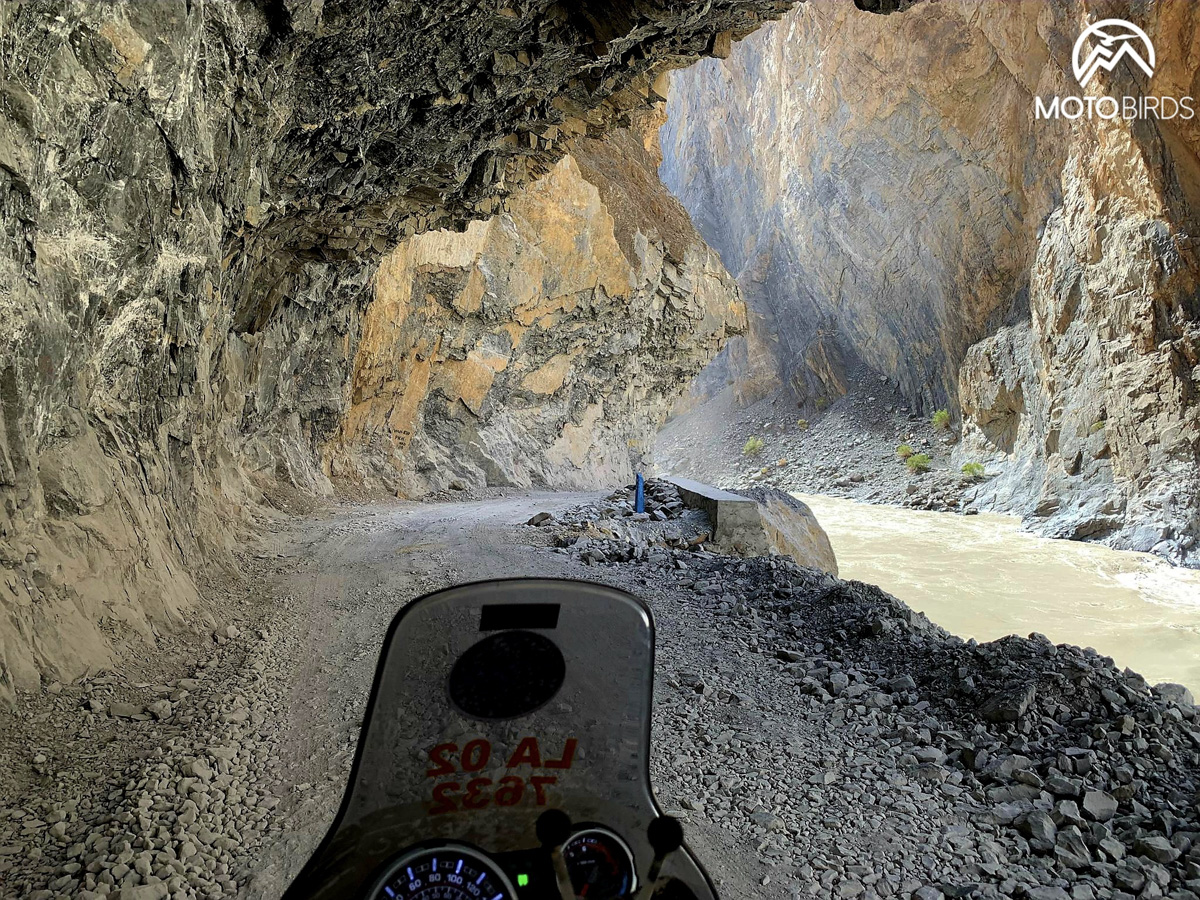
The mosaic of cultures in the Himalayas is a diverse tapestry of different ethnic groups, each with their own unique customs and traditions. From the self-sufficient Gujarat people on the Indian side to the Tamangs in Nepal, each group offers a unique glimpse into the rich cultural heritage of the Himalayas. And while the region may be changing due to the influx of tourism, or massive road building programs in some areas, it is worth visiting: for the unique experiences, (tastes and smells) and memories it offers. However, it’s important to not postpone your travels as this traditional world continues to shrink. So, pack your bags and head out to India or Nepal for an unforgettable journey to the Himalayas.
